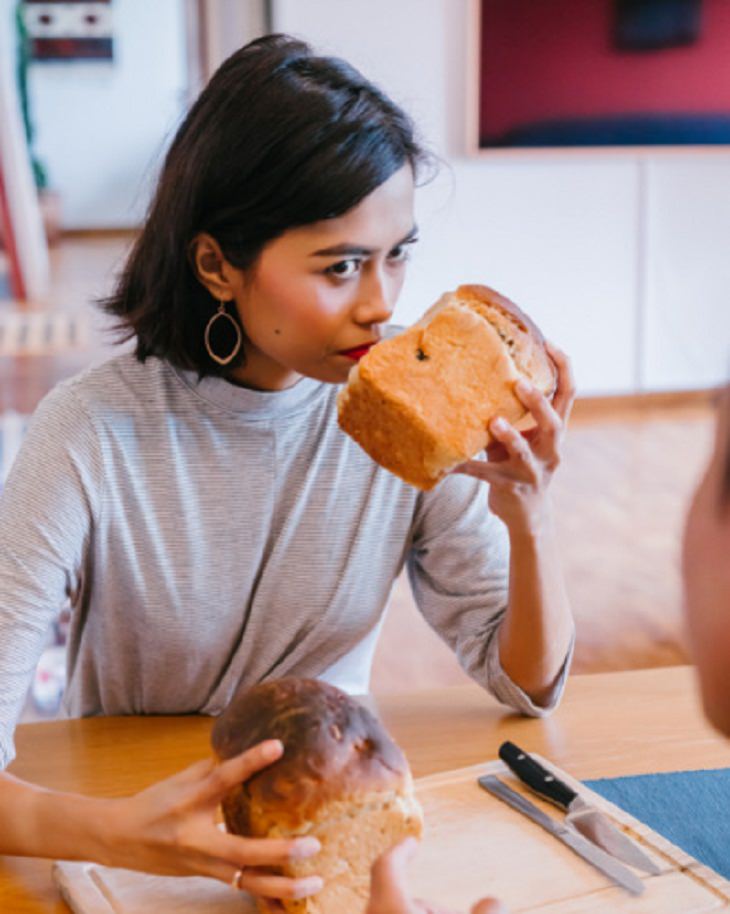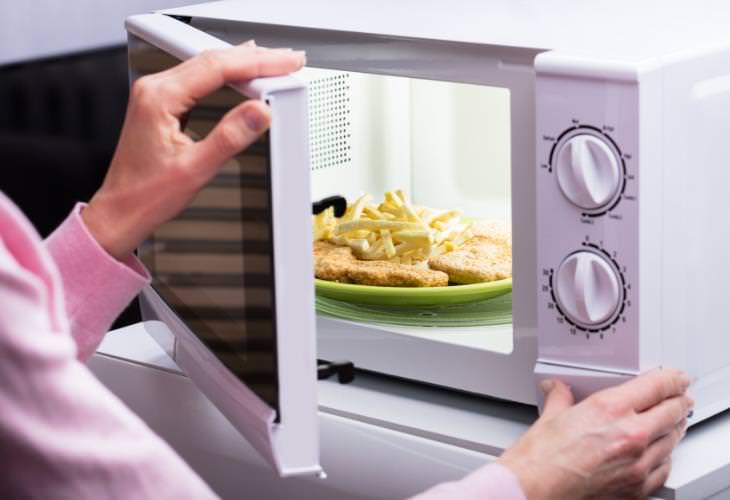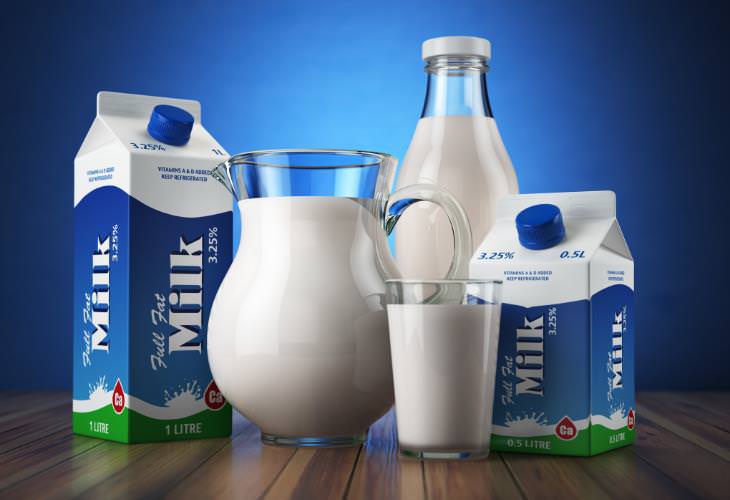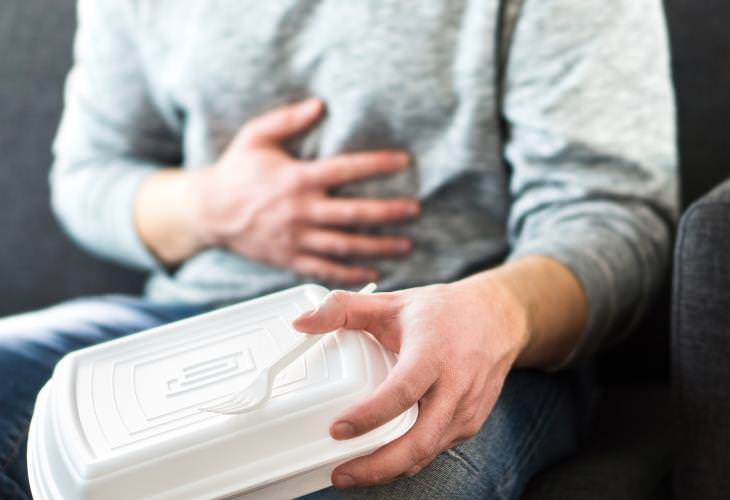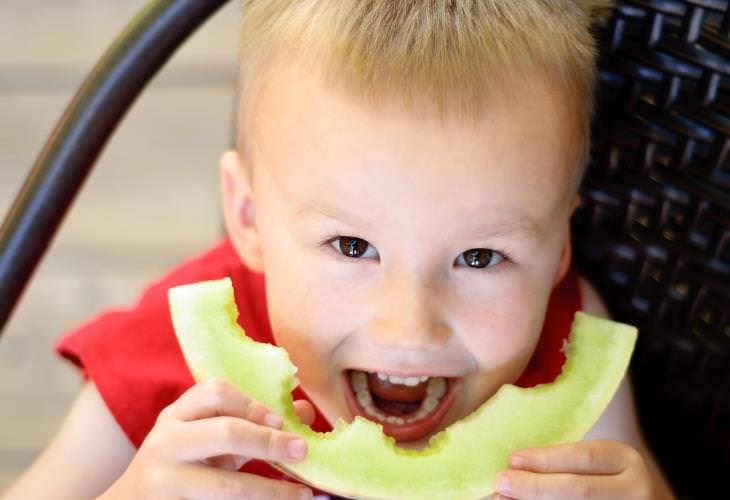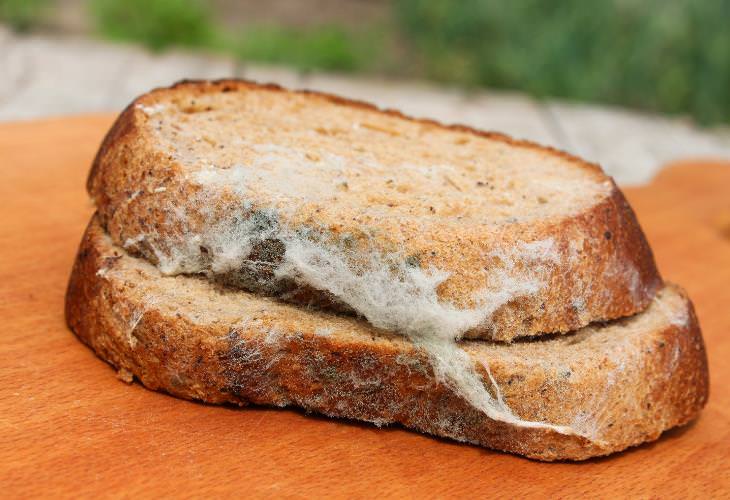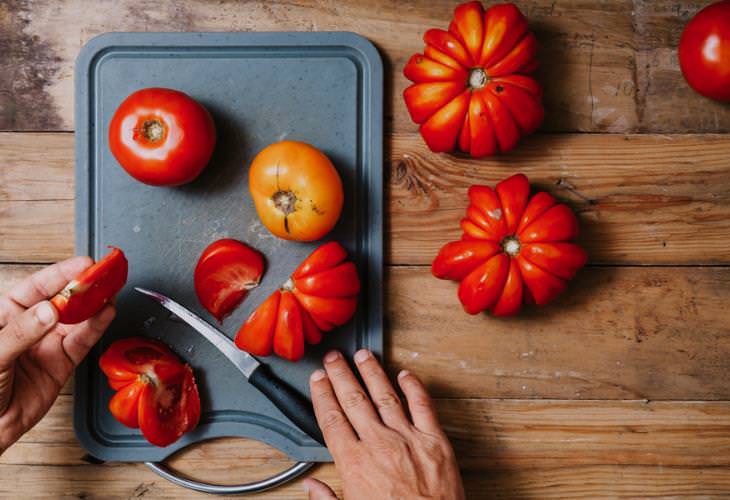A lot of us do this. We just take a whiff of the food we are about to eat, and if it smells and looks fine, we don’t think much about eating it right away. That can be risky, though.
Some bacteria, molds, and yeasts can change the look, flavor, smell, or texture of food, and then it's easy to tell if it’s gone bad. However, harmful bacteria can only be seen under the microscope, and several types of bacteria that do cause illness don’t always affect the taste, smell, or appearance of food. That’s why you must pay attention to how you store food. If, for example, you aren’t sure how long a leftover food has been kept in the refrigerator, then don’t take the risk – just toss it out. Just because that 5-day old milk or soft apple smells okay, doesn’t mean it actually is.
Myth 2: The microwave will kill all bacteria in the food
Many of us assume that heating food in the microwave oven will instantly kill all bacteria in it and make it safe to eat.
While it’s true that the heat in microwaves can kill bacteria, they can’t be 100% relied upon for your food’s safety. That’s because foods with uneven shapes or variants in thickness might seem cooked by the microwave but they still might be cold spots left in the food, where harmful bacteria can survive. We've all experienced that 'cold spot' at times. So, even if you’re using a microwave to heat the food, it doesn’t automatically mean that it’s safe and you, therefore, must not neglect any aspect of food safety.
Myth 3: You can’t drink milk past the date on the carton
Don’t toss out that carton of milk just because it’s gone by “best before” date. This happens since we often get confused between a “best before” date and a “use by” date. The “best before” date is more a recommendation and most research suggests that properly stored unopened milk is safe to consume up to a week after that date. Opened milk, meanwhile, can last at least 2–3 days past that date. However, milk shouldn’t be taken past its “use by” date, as it could have grown harmful bacteria and can make you sick.
Myth 4: The last food you ate is what caused you food poisoning
Apart from some toxins and viruses, most harmful microorganisms usually take a few days to make you sick. Symptoms of food poisoning typically take 1-3 days to develop and can even take as long as three weeks to fully take hold. So don’t be quick to blame your stomach illness on that sushi you had at a restaurant last night for you may have gotten sick from something you ate a few days ago. Also, the underlying cause of the symptoms might not be food poisoning at all. If you feel you have a foodborne illness, seek medical attention.
Myth 5: You don’t need to wash produce if you are going to peel it
Even if you do not plan to eat the skin of the fruit or vegetable, it’s always a good idea to wash it first before consuming it. The reason being that dirt and bacteria can easily be transferred from the surface when peeling or cutting produce, according to the U.S. Food and Drug Administration (FDA).
Here’s another story that will make sure you wash your produce before eating. In 2011, an outbreak of salmonella from cantaloupe was traced to germs clinging to the melon's rinds and transferred to the flesh inside when the fruit was cut. Bacteria can stick easily to the rough surface of fruits like cantaloupes. And even a small amount of bacteria can be dangerous if it reaches the inside of firm fruits such as melons and cucumbers.
Food experts hence recommend scrubbing their rind with a clean vegetable brush and washing your hands with soap and warm water afterward.
Myth 6: As long as you cut off the mold, the rest of the food is fine
Don’t be under the assumption that if you cut or scrape the mold out of food, the remaining part will be safe to eat. That’s not always true. Moldy bread, especially, is better off thrown away as the mold is more likely to be growing beyond the areas you can see. Molds usually extend deep into the food and merely scraping off the visible part won’t make the food safe to eat.
However, molds have a hard time growing inside firm fruits and vegetables. So if you cut off at least an inch around the spot of mold in the affected fruit or veggie, you can still eat it. Just make sure that you wash the knife properly afterward to avoid cross-contaminating your produce.
Myth 7: It’s safe to eat raw cookie dough/cake mix
While making cookie dough, it's hard to can’t resist licking the batter from the spoon. It might be yummy, sure, but it’s not safe. The Centers for Disease Control and Prevention (CDC) has stated that raw dough can contain germs that make you sick. While there’s a risk of the bacteria in uncooked eggs too, there have been incidents in the recent past of two outbreaks of E. coli infections linked to raw flour as well. The CDC believes that since raw flour hasn’t been treated to kill germs, it might well be contaminated in the field or at other steps during flour production. Bacteria are completely eliminated only when food made with flour is cooked. This is why you should avoid eating raw dough or batter.
Myth 8: Plastic chopping boards are safer than wooden ones
It’s commonly believed these days that plastic cutting boards are much safer than wooden ones. This belief stems from the idea that since they are easier to clean and sanitize, plastic boards are safer to use. Experts say that although plastic boards are definitely easier to clean, cutting on them also leaves lots of grooves where bacteria can hide. And while the wooden boards are tougher to sanitize, there aren’t many deep scratches on their surface and therefore they can actually be more sanitary in the long run.
So as long as you are thoroughly sanitizing both the chopping boards, there’s not much difference between them. A good way to clean both types of boards is to pour a solution of 1 gallon of water mixed with 1 tablespoon of bleach on their surface and let them dry. This will stop moisture-loving bacteria from growing on them.
Share these important facts with your friends and family...

